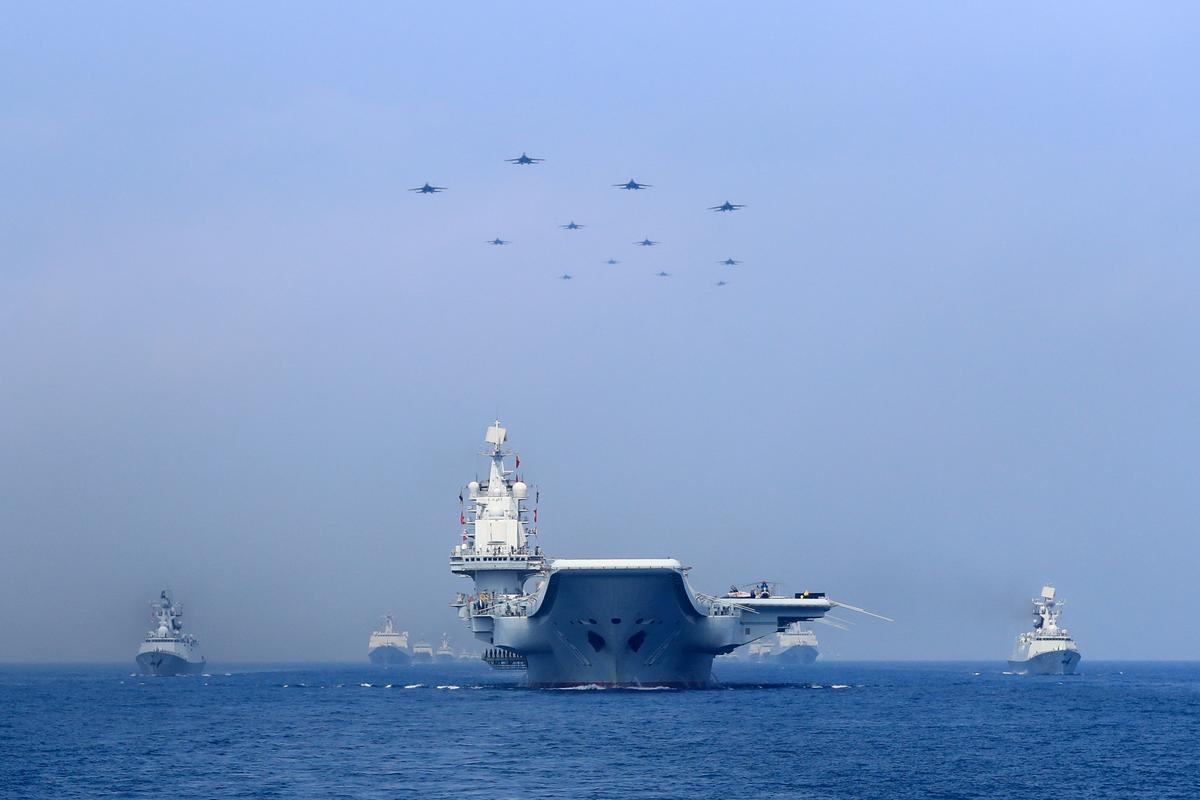Transparency key to new US-China equilibrium
https://arab.news/ztmyh

A new global debate on soft power versus hard power has been ignited by the coronavirus (COVID-19) disease pandemic. It is the unwavering view of some Western pundits that hard power is a thing of the past and that soft power is the only way to operate in this globalized world. But there is no soft power without hard power. Emerging countries collaborate or listen to developed ones not because they appreciate their values or because of the generosity of their cultural exchanges — they do so because the Western hemisphere is generally more powerful, militarily and financially. It’s this simple. Soft power is a complementary factor but is useless alone.
As COVID-19 hit the world, it was not surprising to hear those same pundits and analysts state that it was the end of US dominance, while describing the arrival of protective masks from China in Africa as the sudden rise of Beijing as the new uncontested soft power giant. The distribution of masks that cost less than 50 cents apiece has no impact on the global status of China. However, the debt it holds toward African countries does, and this is hard “mercantile” power. The same is clear in the South China Sea, where China’s growing naval presence indicates a new age of influence through hard power.
Anecdotally, the resurgence of Russian influence in the Middle East did not come from soft power either. It came from President Vladimir Putin’s willingness to send the Russian military to support Bashar Assad when US President Barack Obama withdrew from the scene in part to appease the Iranian regime for the nuclear deal. The rest is rhetoric. So, COVID-19 did not change the world order — the model of US global leadership amid a rising China in a multipolar world is still relevant.
Therefore, the COVID-19 pandemic is neither a “Suez crisis” moment nor a “Chernobyl” moment, as some analysts described it while blaming China for the spread of the virus. To put things into perspective, in 1956, the UK and France were out-of-breath colonizing powers, whereas the US and Russia were rising with power and ideology. As for the Chernobyl disaster of 1986, it came at a time when Russia was heading toward bankruptcy and systems were starting to crack. Today, even with the financial burden caused by COVID-19, the US and China are much more powerful than the rest of the world. The virus has, nevertheless, revealed flaws and weaknesses in both of these powers.
Hence, what COVID-19 has clearly revealed is a potential path to war between the US and China; not a proxy war but a direct confrontation. Prior to this, we were, as we say in Arabic, “Hiding behind our finger.” The pre-virus economic competition, from trade to patents, followed by the beginning of a decoupling, were seen by analysts as a search for a new equilibrium between the two powers and never seriously seen as leading to an open military confrontation.
However, there are now clear potential causes that could lead to a direct confrontation. The two main ones are, in my view, the new global level of debt and the honoring of this debt, and the pursuit of damages against China for the appearance of the virus.
Since the First World War, the US has been protecting an order that benefited the entire world. It has been a force for good. While mistakes were made, the world is a better place, with less poverty, less conflict and better health, thanks to the US leadership and its military. In fact, China has become a leading economic and military power in part thanks to its engagement with the US, which started with President Richard Nixon. Its partial adoption of free market rules, hard work and will to sacrifice for the future has contributed to lifting a billion people out of poverty and put China on track to becoming the world’s biggest economy.
As its economy grew bigger and stronger, China invested heavily in its military capacity, projecting its hard power when needed. It shifted from a historical non-interference policy to a more selective one. It is now also one of the only countries to be engaged in several large transregional projects, sometimes causing its neighbors to worry. The Belt and Road Initiative, with its focus on ports and trade infrastructure, is a fantastic endeavor to connect east and west, but it also asserts influence based on China’s own rules, which are opaque to most. So, if the world shifts to a more bipolar balance, what will be China’s vision for its role? What type of leading power will it be? Will it be a responsible stakeholder in the current liberal system or will it look to build a new one? It is in its answer to the last question that many of the risks for war lie.
What COVID-19 has clearly revealed is a potential path to war between the US and China; not a proxy war but a direct confrontation.
Khaled Abou Zahr
Beyond COVID-19, the real game-changing element will be technology. Artificial intelligence, data, robotics, vertical farming, 3-D printing, and renewable energy have the potential to reshape the entire world economy, trade agreements and the supply chain routes on which our world order is based. It is this new world order that we need to be prepared for. As digital hard power is added to the military and financial aspects, wars can start and end for unseen reasons.
There is obviously a path to readjusting and rebalancing the world order and avoiding war. It comes with more transparency, not opacity, and continuous collaboration and communication, not only between the US and China, but all regional powers. This year’s G20 summit in Saudi Arabia could provide the starting line for this much-needed process.
- Khaled Abou Zahr is the CEO of Eurabia, a media and tech company. He is also the editor of Al-Watan Al-Arabi.









































